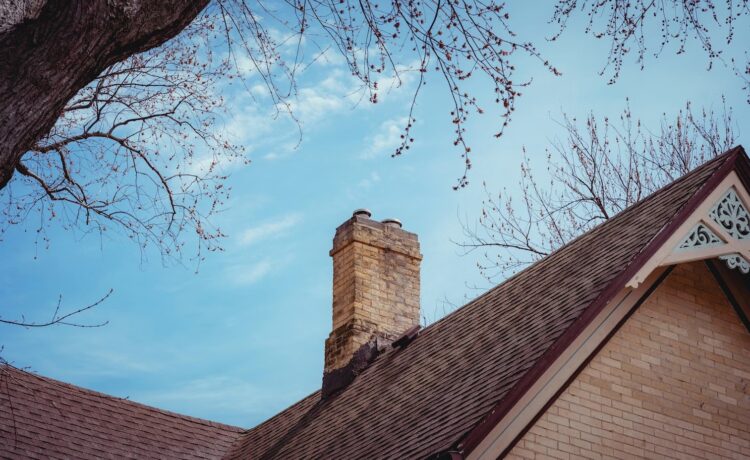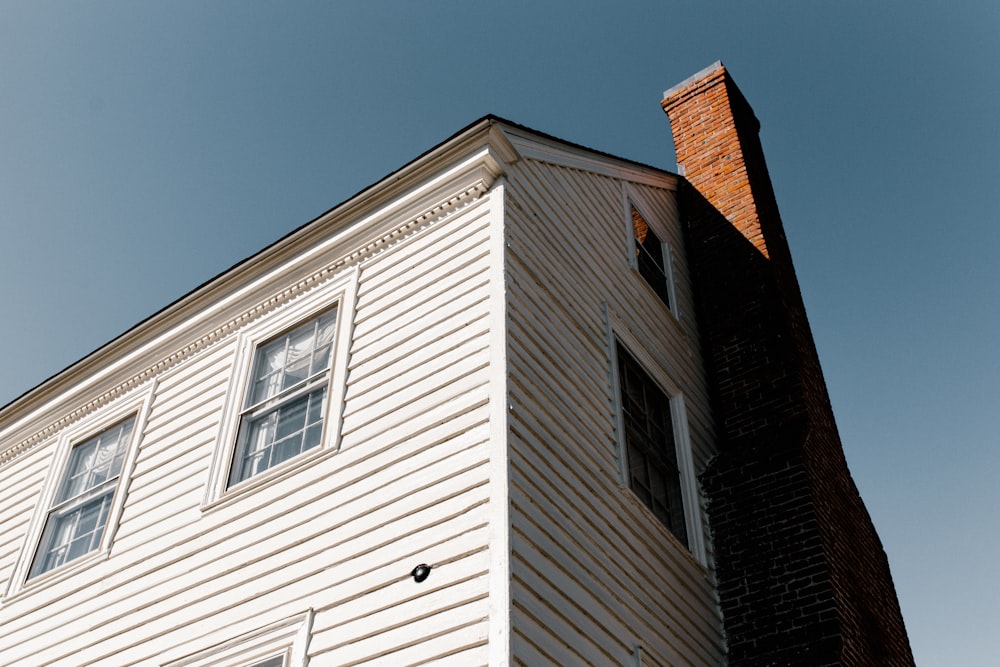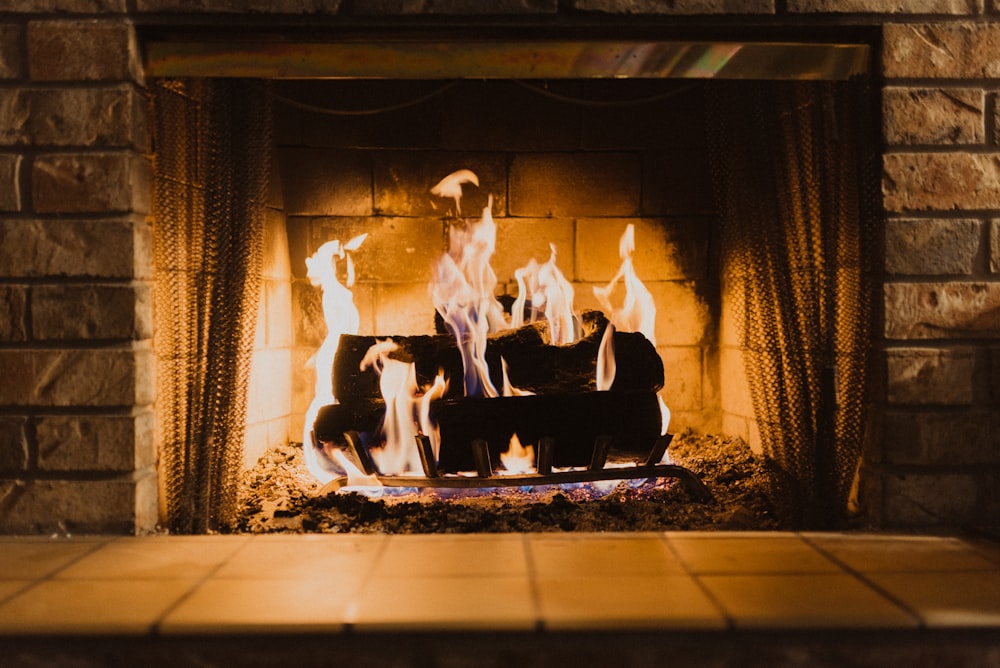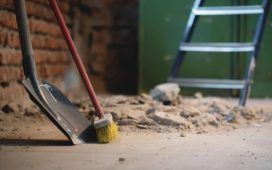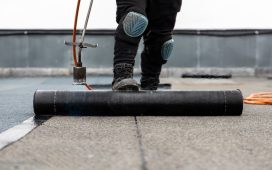A chimney flue is one of the most important components of a fireplace or heating system that helps safely remove gases, smoke, and other byproducts of combustion from a building. Understanding the purpose, types, and maintenance of chimney flues is crucial for the proper functioning and safety of your fireplace or heating system.
In this informative post, we’ll explore everything you need to know about chimney flues and how to ensure that they function perfectly.
What is a Chimney Flue?
A chimney flue is the innermost lining of a chimney. It provides a pathway for the byproducts of combustion to exit the building while protecting the surrounding structure from heat and potential damage. The flue can be made of various materials, including metal, clay, or ceramic.
Types of Chimney Flues
There are several different types of chimney flues, including clay tile flues, stainless steel flues, and cast-in-place flues. Clay tile flues are the most common and have been used for decades. Stainless steel flues are also emerging as a popular choice for their durability and incredible resistance to corrosion.
Cast-in-place flues are created by pouring a mixture of cement and insulation material into the chimney and letting it set into place.
Importance of a Properly Functioning Flue
A properly functioning flue is crucial for the safe operation of a fireplace or heating system. It ensures that gases, smoke, and other byproducts of combustion are efficiently and effectively directed out of the building. A malfunctioning flue can lead to the accumulation of harmful gases, such as carbon monoxide, within the living space, posing a serious health hazard.
Signs of a Damaged or Blocked Flue
It’s important to be aware of signs that indicate a damaged or blocked flue. These signs may include difficulty starting or maintaining a fire, a strong smell of smoke, smoke backing up into the room, or visible cracks or deterioration in the flue lining. If you notice any of these signs, it’s crucial to have a professional chimney technician inspect and repair the flue.
Flue Maintenance and Cleaning
Regular maintenance and cleaning of the chimney flue are necessary to ensure its proper function. Over time, creosote, soot, and debris can collect in the flue, leading to blockages and potential fire hazards. Hiring a professional chimney sweep to clean and inspect the flue annually is recommended.
Flue Liner Installation and Replacement
In some cases, it may be necessary to install or replace a chimney liner. A chimney liner provides an extra layer of protection and insulation, improving the efficiency and safety of the chimney. A professional chimney technician can assess your flue and recommend the appropriate liner material and installation method.
Chimney Cap and Flue Damper
A chimney cap and flue damper are additional components that can enhance the functionality and safety of the flue. A chimney cap prevents debris, rain, and animals from entering the flue, while a flue damper helps control the airflow and reduce heat loss when the fireplace is not in use.
Carbon Monoxide Detectors
To further enhance safety of the occupants, installing carbon monoxide detectors near the fireplace and sleeping areas is also highly recommended. Carbon monoxide is a silent killer that can be produced when a flue is not functioning properly. Detectors can provide early warning signs of carbon monoxide buildup, allowing you to take immediate action.
Hiring a Professional Chimney Technician
When it comes to chimney flue maintenance, repairs, or installations, it’s important to hire a qualified and experienced professional chimney technician. They have all the expertise and knowledge needed to inspect, clean, and repair chimney flues, ensuring their proper function and safety.
Additionally, regular inspections of the chimney flue are also crucial to detect any potential issues early on. It’s recommended to have a professional chimney technician inspect the flue at least once a year or more frequently if you use your fireplace frequently.
To sum up, a chimney flue plays a vital role in the safe and efficient operation of a fireplace or heating system. Understanding the purpose, types, maintenance, and signs of a damaged flue is essential for ensuring the safety and functionality of your chimney. By following these guidelines, you can enjoy the warmth and comfort of your fireplace with peace of mind.
Hire Creative Masonry and Chimney for All Your Chimney Needs in Connecticut
Chimney repair technicians at Creative Masonry and Chimney can take a closer look at your fireplace to ensure that your chimney flue is working in perfect order. From chimney cleaning to all kinds of chimney repair, their professional Masonry Services Hartford CT can handle it all. Get in touch with them today to learn more about their services of chimney repair CT.

